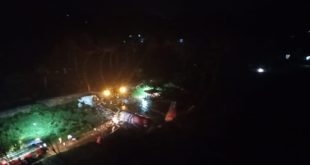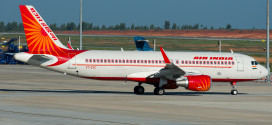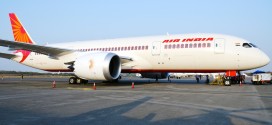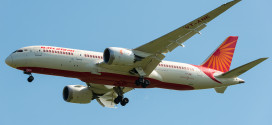Military aviator and strategist John Boyd famously said, “If you want to understand something, take it to the extremes or examine its opposites.” Applied in the context of Air India, this becomes particularly interesting. That is, at a point of time where everyone seems to be convinced that the airline will be sold off, to understand the situation fully one also most ask – what if such a sale does not go through. What happens to the airline then? In such a case what options are left for the government?
The losses have continued unabated in spite of significant equity infusions
The numbers indeed paint a stark picture. Consider the FY19 loss of INR 7,635 crores and consolidated debts of INR 58,351 crores. This during a year where there were several opportunities to exploit competitor challenges and weaknesses. Over the last seven years, the government has infused INR 30,520 crores into the airline. The results are yet to be seen and alarmingly there are firms that have put the airline on credit hold leading to grounding of airplanes.
The losses over the years are as below (all figures in crores):
| Financial year | Equity infusion (in crores) | Profit (loss) |
| 2014 – 15 | 5780 | (5859) |
| 2015 – 16 | 3300 | (3836) |
| 2016 – 17 | 2465 | (6452) |
| 2017 – 18 | 1800 | (5348) |
| 2018 – 19 | 3975 | (7635) |
The airline is bleeding cash and the for any buyer this means that for a significant amount of time, all of the operational profit – if any – will be taken up by debt servicing. This leaves no capital for growth or product improvement. And without either, the high yield passengers will simply not come and the lower yields will not deliver a profit given the higher cost base. Hence the issue of addressing liabilities.
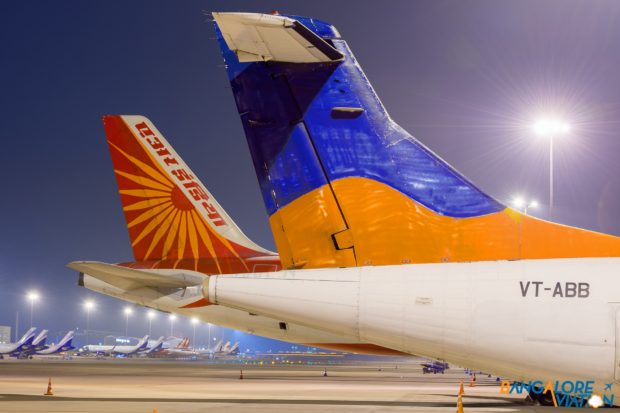
The reduction of liabilities still does not provide comfort to investors
The government created a special purpose vehicle named Air India Asset Holding Ltd (AIAHL) was set up as part of financial restructuring. The aim is to transfer INR 29,464 crores to this SPV which will then be paid out with the money accrued from asset sales. The asset sales include non-core assets and non-operational assets. But with a total debt of INR 58,351 crores, this still leaves the airline and subsidiaries with INR 28,887 crores of debt. And a debt level that high is far too high to attract any buyers.
The challenge of asset sales are further compounded by the general economic climate. For instance, the land banks were to be particularly cash-generative. Yet the indications are not positive. The target of ₹500 crore that was to be raised through the sale of land assets in FY19 was missed. FY20s target will likely be more aggressive against a backdrop of falling real-estate demand and developers facing a liquidity crunch.
The issue of liabilities is further exacerbated with potential contingent liabilities that will arise post the sale.
With ~21,000 employees, the airline is chronically overstaffed and also faces a lack of accountability throughout its ranks. Any buyer will have a difficult time rationalizing the airline’s staff and bringing about a cultural change to move the airline towards a successful private organization. The problem will only be made more difficult by the unions which are vehemently opposed to the airline being privatized. As recently as this week the thirteen unions met with the Chairman and stated their opposition to the disinvestment decision.
Overall the liabilities are so large that unless completely wiped off investors will be very reluctant to take over the entity.
A sale is the only option
The accumulated debt of Air India is INR 58,000 crores. To put this number in context consider that India has a world leading 19 crore hungry citizens and that the Karnataka government spends ₹5.87 per mid-day meal. ₹2,142 for 365 days per person. Air India’s accumulated losses of ₹60,000 crore will feed ALL of India’s hungry for 1.5 years!!! This year’s losses alone would be able to cover six months of providing a daily meal to every hungry child in the country. And therein lies the challenge.
Without any determined path to profitability, the government decision to proceed with a sale is perhaps inevitable. But if the last round was any indication, the signs are not good. The bid parameters have been re-done but against that backdrop, the Tata’s (assumed to be a lead contented) already announced that they will not be engaging in any large purchases in the near future. Amongst other competing airlines, only Indigo and SpiceJet will have the balance sheet strength to make such an acquisition. Even there, Indigo has clearly indicated that it is only interested in certain parts of Air India.
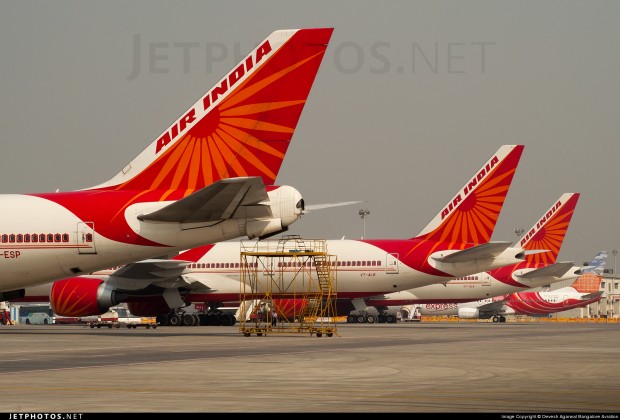
The fleet will likely have no takers at all. The portion of the narrow-body fleet which is owned by Air India (mostly Airbus A319s and A321s) are between 10-15 years old. The newer A320neo fleet have all been leased. Given the age of the fleet and the large orders airlines are already sitting on, the fleet has little value. Additionally, much of the fleet is backed by sovereign guarantees. Which means that depending on the terms of the sale, the buyer may be left with a huge chunk of the liabilities.
——————————————————————————–
Overall, wherever one looks there is a sea of red. The airline is bleeding. And despite bandages and infusions – the bleeding has simply not stopped.
The government has clearly indicated that it intends to sell the airline one way or another. Yet, what happens if there are no buyers. What then?
Will tax-payers be forced to continue funding the airline?
Or will the government finally have the will to split and divest the airline in whatever form?
 Bangalore Aviation News, Reviews, Analysis and opinions of Indian Aviation
Bangalore Aviation News, Reviews, Analysis and opinions of Indian Aviation
